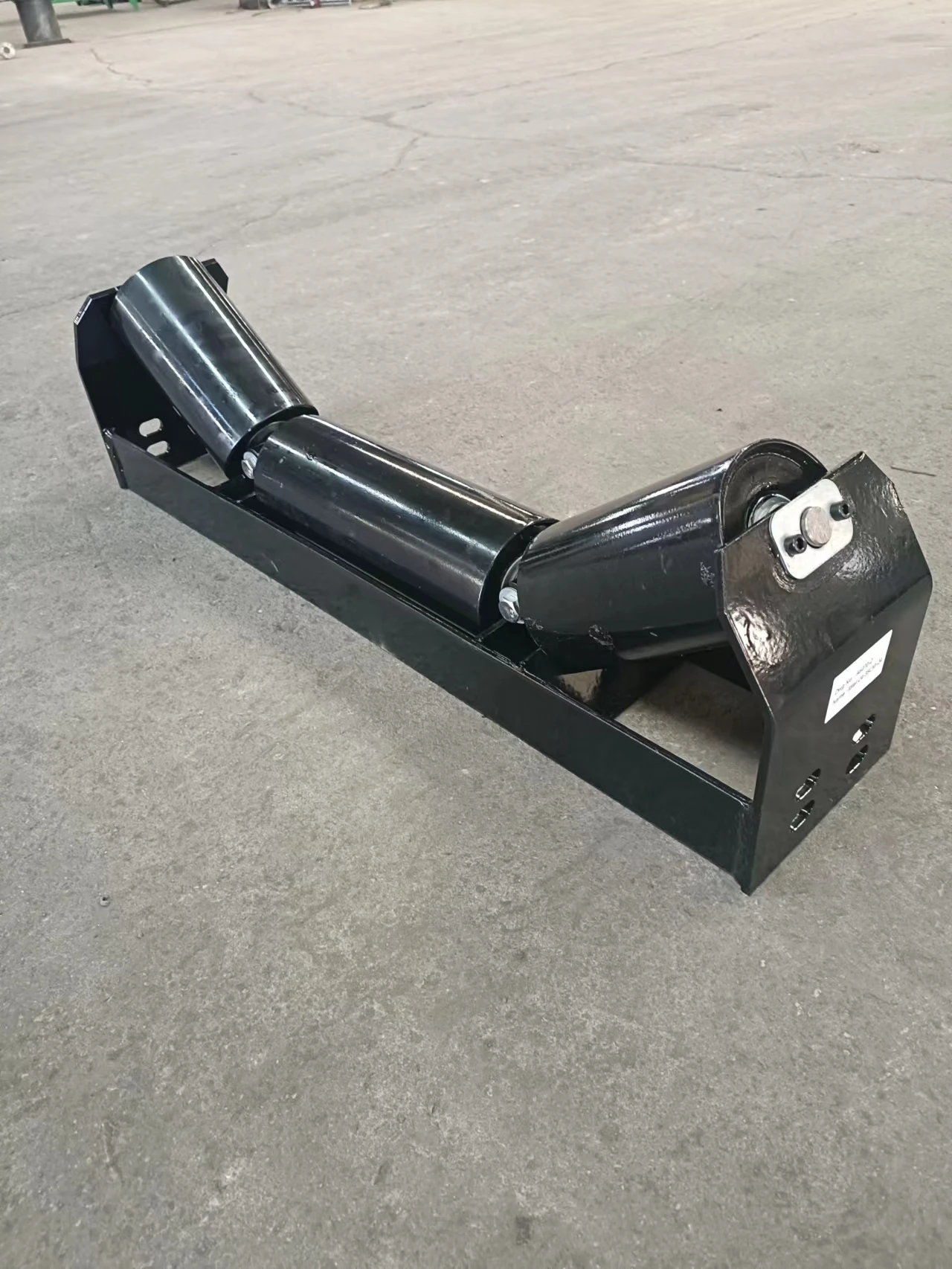 Afrikaans
Afrikaans  Albanian
Albanian  Amharic
Amharic  Arabic
Arabic  Armenian
Armenian  Azerbaijani
Azerbaijani  Basque
Basque  Belarusian
Belarusian  Bengali
Bengali  Bosnian
Bosnian  Bulgarian
Bulgarian  Catalan
Catalan  Cebuano
Cebuano  Corsican
Corsican  Croatian
Croatian  Czech
Czech  Danish
Danish  Dutch
Dutch  English
English  Esperanto
Esperanto  Estonian
Estonian  Finnish
Finnish  French
French  Frisian
Frisian  Galician
Galician  Georgian
Georgian  German
German  Greek
Greek  Gujarati
Gujarati  Haitian Creole
Haitian Creole  hausa
hausa  hawaiian
hawaiian  Hebrew
Hebrew  Hindi
Hindi  Miao
Miao  Hungarian
Hungarian  Icelandic
Icelandic  igbo
igbo  Indonesian
Indonesian  irish
irish  Italian
Italian  Japanese
Japanese  Javanese
Javanese  Kannada
Kannada  kazakh
kazakh  Khmer
Khmer  Rwandese
Rwandese  Korean
Korean  Kurdish
Kurdish  Kyrgyz
Kyrgyz  Lao
Lao  Latin
Latin  Latvian
Latvian  Lithuanian
Lithuanian  Luxembourgish
Luxembourgish  Macedonian
Macedonian  Malgashi
Malgashi  Malay
Malay  Malayalam
Malayalam  Maltese
Maltese  Maori
Maori  Marathi
Marathi  Mongolian
Mongolian  Myanmar
Myanmar  Nepali
Nepali  Norwegian
Norwegian  Norwegian
Norwegian  Occitan
Occitan  Pashto
Pashto  Persian
Persian  Polish
Polish  Portuguese
Portuguese  Punjabi
Punjabi  Romanian
Romanian  Russian
Russian  Samoan
Samoan  Scottish Gaelic
Scottish Gaelic  Serbian
Serbian  Sesotho
Sesotho  Shona
Shona  Sindhi
Sindhi  Sinhala
Sinhala  Slovak
Slovak  Slovenian
Slovenian  Somali
Somali  Spanish
Spanish  Sundanese
Sundanese  Swahili
Swahili  Swedish
Swedish  Tagalog
Tagalog  Tajik
Tajik  Tamil
Tamil  Tatar
Tatar  Telugu
Telugu  Thai
Thai  Turkish
Turkish  Turkmen
Turkmen  Ukrainian
Ukrainian  Urdu
Urdu  Uighur
Uighur  Uzbek
Uzbek  Vietnamese
Vietnamese  Welsh
Welsh  Bantu
Bantu  Yiddish
Yiddish  Yoruba
Yoruba  Zulu
Zulu rubber lagging for conveyor pulley
Rubber Lagging for Conveyor Pulley Enhancing Performance and Longevity
Conveyor systems are an integral part of various industries, facilitating the efficient movement of materials from one point to another. A crucial component of these systems is the conveyor pulley, which plays a significant role in the overall functionality and effectiveness of conveyor belts. One of the essential enhancements to these pulleys is rubber lagging, which offers numerous benefits that optimize performance and extend the lifespan of the machinery.
What is Rubber Lagging?
Rubber lagging is a layer of rubber that is bonded to the surface of a conveyor pulley. This layer serves multiple purposes, including increasing friction, protecting the pulley from wear, and improving the overall efficiency of the conveyor system. By providing a better grip, rubber lagging allows the conveyor belt to transfer more power to the materials being moved, thereby enhancing operational effectiveness.
Advantages of Rubber Lagging
1. Increased Friction One of the primary advantages of rubber lagging is its ability to increase the friction between the belt and pulley. This improved grip minimizes slippage, ensuring that the belt can efficiently transmit power to the load. Increased friction not only enhances the performance of the conveyor but also reduces the risk of belt misalignment and damage.
2. Wear Protection Conveyor pulleys are subject to significant wear and tear due to the constant movement and contact with materials. Rubber lagging provides a protective layer that absorbs shock and reduces abrasion, extending the life of the pulley. This protection is particularly important in harsh environments where dust, dirt, and moisture can significantly degrade equipment performance.
3. Reduced Noise and Vibration The installation of rubber lagging can also reduce noise and vibration during operation. The rubber layer acts as a buffer, dampening the sound produced by the belt as it moves over the pulley. This reduction in noise not only enhances the working environment but also helps in predicting maintenance needs, as excessive noise and vibration can indicate wear and potential failures.
rubber lagging for conveyor pulley

4. Enhanced Traction In applications where the conveyor operates on inclines or declines, proper traction is crucial. Rubber lagging provides the necessary grip to prevent slippage, ensuring that materials are moved efficiently, even in challenging conditions. This is especially critical in mining, aggregate handling, and other heavy-duty applications.
Types of Rubber Lagging
There are typically two main types of rubber lagging smooth and textured. Smooth lagging is often used in applications where materials are transported in a controlled environment with minimal risk of slipping. Textured lagging, on the other hand, features patterns that further enhance traction, making it ideal for incline conveyors or situations where additional grip is essential.
Installation and Maintenance
Proper installation of rubber lagging is critical for optimal performance. It should be done by professionals who ensure that the rubber is evenly applied and securely bonded to the pulley. Once installed, regular maintenance checks are essential to identify any signs of wear or damage. Early detection and replacement of worn lagging can prevent more significant issues down the line, saving both time and money.
Conclusion
Rubber lagging for conveyor pulleys is an effective solution that significantly enhances the performance and durability of conveyor systems. By increasing friction, protecting against wear, reducing noise, and providing superior traction, rubber lagging plays a pivotal role in the efficiency of material handling operations. Industries that rely on conveyor systems should consider the advantages of rubber lagging as a means to improve operational performance and extend the lifespan of their equipment.
-
Revolutionizing Conveyor Reliability with Advanced Rubber Lagging PulleysNewsJul.22,2025
-
Powering Precision and Durability with Expert Manufacturers of Conveyor ComponentsNewsJul.22,2025
-
Optimizing Conveyor Systems with Advanced Conveyor AccessoriesNewsJul.22,2025
-
Maximize Conveyor Efficiency with Quality Conveyor Idler PulleysNewsJul.22,2025
-
Future-Proof Your Conveyor System with High-Performance Polyurethane RollerNewsJul.22,2025
-
Driving Efficiency Forward with Quality Idlers and RollersNewsJul.22,2025





























